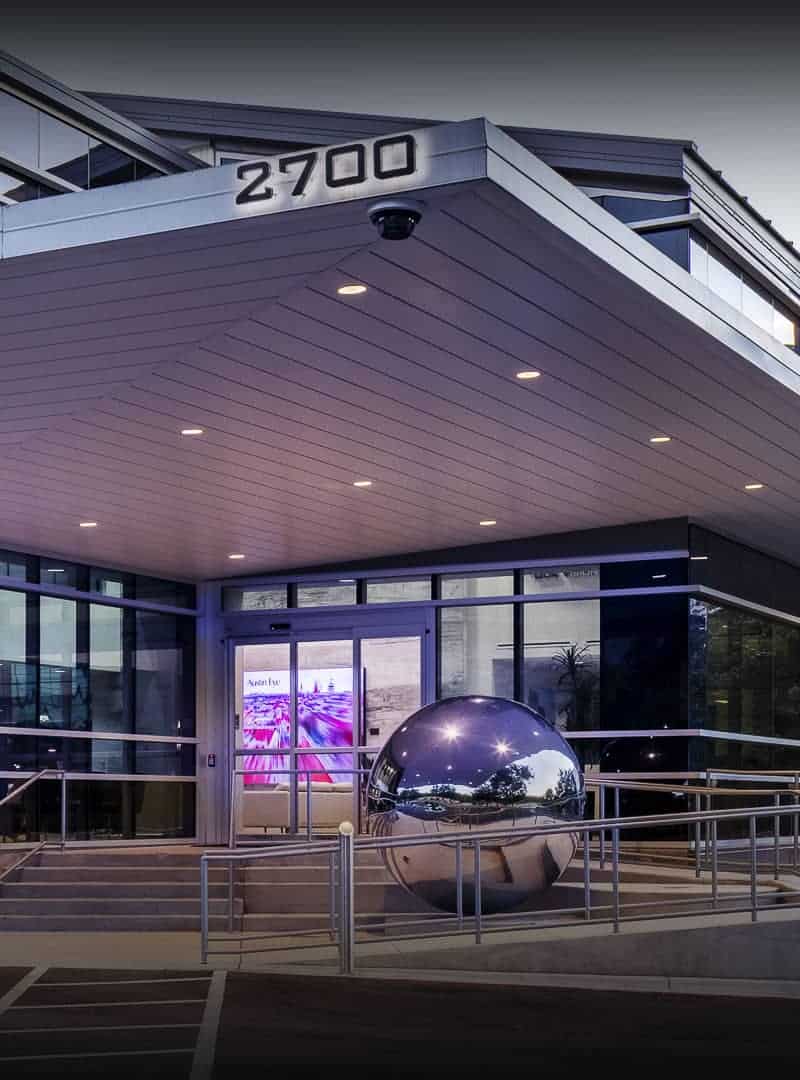Vitreous Eye Floaters & Laser Floater Treatment Austin TX
About Laser Floater Treatment
During the procedure the laser emits a short and small burst of energy at a potent power density. This energy converts the collagen and hyaluronic molecules found in a floater into a gas, which is then resorbed into the eye. On average, most patients can expect a 60% to 90% improvement in the mass and/or amount of floaters.It is important to note that modern laser vitreolysis is a different procedure. Compared to its early clinical use in the 1980s, modern laser vitreolysis provides more efficient and safer energy profiles — offering reliable and repeatable outcomes that provide a low rate of complications, combined with a high degree of patient satisfaction.


The Mitchel and Shannon Wong Eye Institute

The Mitchel and Shannon Wong Eye Institute, recently created at the Dell Medical School, is poised to become a leading-edge center for training future ophthalmologists and providing patients with the best medical and surgical eye care possible.
Contact Austin Eye Today

11901 Jollyville Road
Austin, TX 78759
Phone: (512) 250-2020
Fax: (512) 250-2612
Click here to fly-through our Austin Eye locations
Office Hours
Monday – Thursday 8am – 6pm
Friday 8am – Noon
Saturday/Sunday Closed
Northwest Office
Westlake Office
Westlake Office




